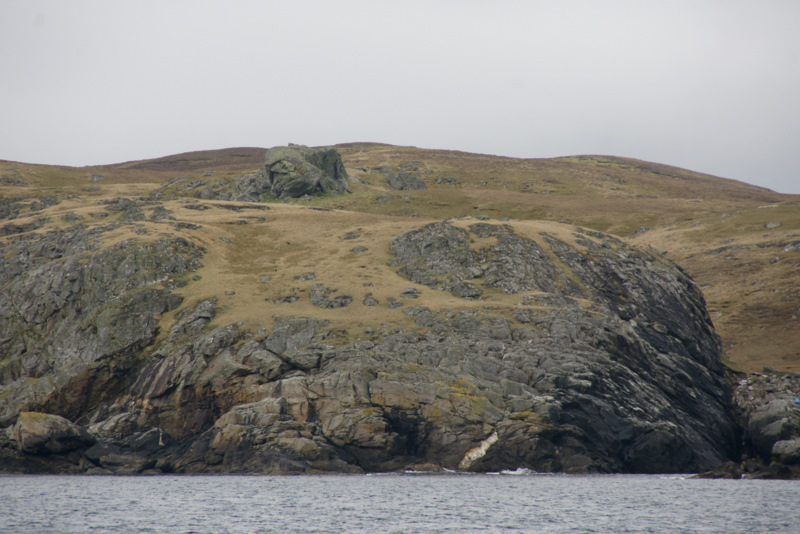Lunna Ness on:
[Wikipedia]
[Google]
[Amazon]
 Lunna Ness is a peninsula in the north east of
Lunna Ness is a peninsula in the north east of
Visit Shetland.org. Retrieved 3 April 2011. The Stanes of Stofast is a 2,000 tonne
 Lunna Ness is a peninsula in the north east of
Lunna Ness is a peninsula in the north east of Mainland
Mainland is defined as "relating to or forming the main part of a country or continent, not including the islands around it egardless of status under territorial jurisdiction by an entity" The term is often politically, economically and/or demogr ...
, Shetland
Shetland (until 1975 spelled Zetland), also called the Shetland Islands, is an archipelago in Scotland lying between Orkney, the Faroe Islands, and Norway, marking the northernmost region of the United Kingdom. The islands lie about to the ...
, Scotland
Scotland is a Countries of the United Kingdom, country that is part of the United Kingdom. It contains nearly one-third of the United Kingdom's land area, consisting of the northern part of the island of Great Britain and more than 790 adjac ...
, in the parish of Lunnasting near Vidlin
Vidlin (from Old Norse: ''Vaðill'' meaning a ford) is a small village located on Mainland, Shetland, Scotland. The settlement is within the parish of Nesting.
History
It is at the head of Vidlin Voe, and is the modern heart of the old parish ...
. The island of Lunna Holm is nearby. The Shetland Bus
The Shetland Bus ( Norwegian Bokmål: ''Shetlandsbussene'', def. pl.) was the nickname of a clandestine special operations group that made a permanent link between Mainland Shetland in Scotland and German-occupied Norway from 1941 until t ...
operation during World War II used this area as a base."Delting, Lunnasting & Nesting"Visit Shetland.org. Retrieved 3 April 2011. The Stanes of Stofast is a 2,000 tonne
glacial erratic
A glacial erratic is a glacially deposited rock (geology), rock differing from the type of country rock (geology), rock native to the area in which it rests. Erratics, which take their name from the Latin word ' ("to wander"), are carried by gla ...
that came to rest on a prominent hilltop.Schei (2006) pp. 103-04
The Lunnasting stone is a monolith bearing an ogham
Ogham (also ogam and ogom, , Modern Irish: ; , later ) is an Early Medieval alphabet used primarily to write the early Irish language (in the "orthodox" inscriptions, 4th to 6th centuries AD), and later the Old Irish language ( scholastic ...
inscription discovered in the area and donated to the National Museum of Antiquities of Scotland
The National Museum of Scotland in Edinburgh, Scotland, is a museum of Scottish history and culture.
It was formed in 2006 with the merger of the new Museum of Scotland, with collections relating to Scottish antiquities, culture and history, ...
in 1876. It was found by Rev. J.C. Roger in a cottage, who stated that the stone had been unearthed from a "moss" (i.e. a peat
Peat is an accumulation of partially Decomposition, decayed vegetation or organic matter. It is unique to natural areas called peatlands, bogs, mires, Moorland, moors, or muskegs. ''Sphagnum'' moss, also called peat moss, is one of the most ...
bog) in April 1876, having been originally discovered five feet (1.5 m) below the surface."LTING/1"University College London
University College London (Trade name, branded as UCL) is a Public university, public research university in London, England. It is a Member institutions of the University of London, member institution of the Federal university, federal Uni ...
, quoting Forsyth, K. (1996) "The Ogham Inscriptions of Scotland: An Edited Corpus". Unpublished PhD. Harvard University. Retrieved 12 July 2009.
Lunna Ness is a Site of Special Scientific Interest
A Site of Special Scientific Interest (SSSI) in Great Britain, or an Area of Special Scientific Interest (ASSI) in the Isle of Man and Northern Ireland, is a conservation designation denoting a protected area in the United Kingdom and Isle ...
based on the abundance of the otter
Otters are carnivorous mammals in the subfamily Lutrinae. The 13 extant otter species are all semiaquatic, aquatic, or marine. Lutrinae is a branch of the Mustelidae family, which includes weasels, badgers, mink, and wolverines, among ...
population.
Lunna House is a 17th-century laird's house, noted for having "the best historic designed landscape in Shetland". In the 20th century it was used as a base of the wartime Shetland Bus
The Shetland Bus ( Norwegian Bokmål: ''Shetlandsbussene'', def. pl.) was the nickname of a clandestine special operations group that made a permanent link between Mainland Shetland in Scotland and German-occupied Norway from 1941 until t ...
operation.
Notes
References
* Schei, Liv Kjørsvik (2006) ''The Shetland Isles''. Grantown-on-Spey. Colin Baxter Photography. Landforms of Shetland Peninsulas of Scotland Mainland, Shetland {{Shetland-geo-stub